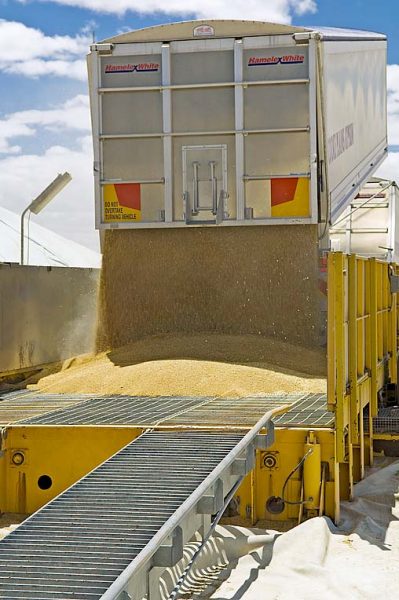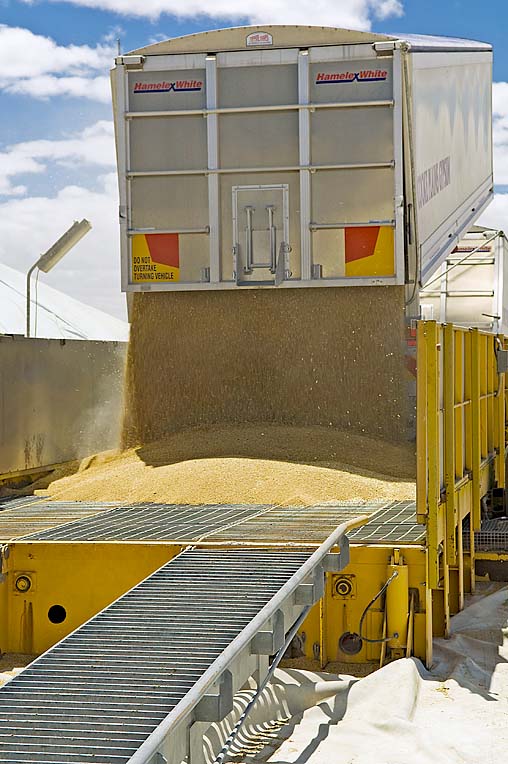
MILLICENT’S reputation for a “late” harvest looks set to continue this summer.
The Millicent silos are operated by grain handler Viterra and a spokesperson said the site had yet to receive any grain for this season.
A local farming enterprise had made the first delivery of the 2016/17 harvest to the Millicent silos almost a year ago.
The B.N. & J.M. Bell and Sons partnership brought in a load of canola on December 13, 2016.
Harvesting in the Lower South East peaks in January as do employment numbers at the Millicent silos.
The first load for the South Australian 2017/18 season arrived over two months ago.
It was a load of barley into Port Pirie on September 26 by Mambray Creek grower Ben Bussenschutt.
Viterra group operations manager Michael Hill said his company had been working closely with growers in the lead-up to harvest to ensure sites can meet their needs this year.
“We are well prepared for harvest,” Mr Hill said.
“We are employing 1300 additional people for the harvest period, mostly in regional areas to ensure we can provide growers, exporters and domestic customers with a high level of service.
“Our network has the flexibility to receive the large range of commodities and grades produced each year.
“Our many segregations and new declaration process will help meet the quality requirements of customers in over 25 different destination markets.”
While receiving grain at harvest is critically important to Viterra, Mr Hill said efficiently exporting the grain was equally important.
“About 5.5 million tonnes of export capacity have already been booked for 2017/18 by 13 different exporters, providing a hugely competitive environment for growers delivering into the Viterra system,” he said.
“We continually promote the benefits of sourcing grain from South Australia to international end-use customers on behalf of growers.
“We continue to look for opportunities to improve efficiencies in the supply chain while managing other pressures such as rising fuel costs which affect our logistics services.
“We understand keeping freight rates as low as possible helps South Australian grain be competitive globally.”








